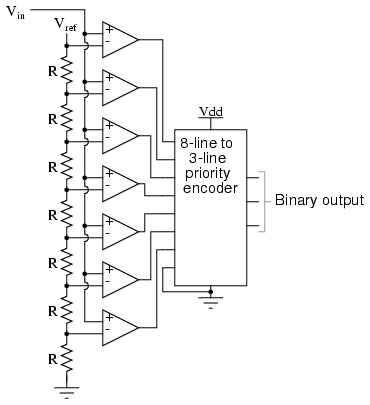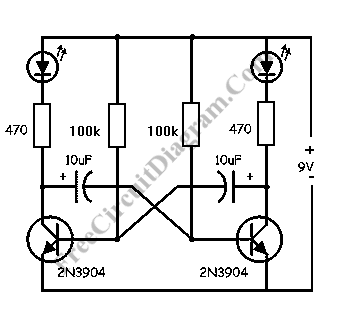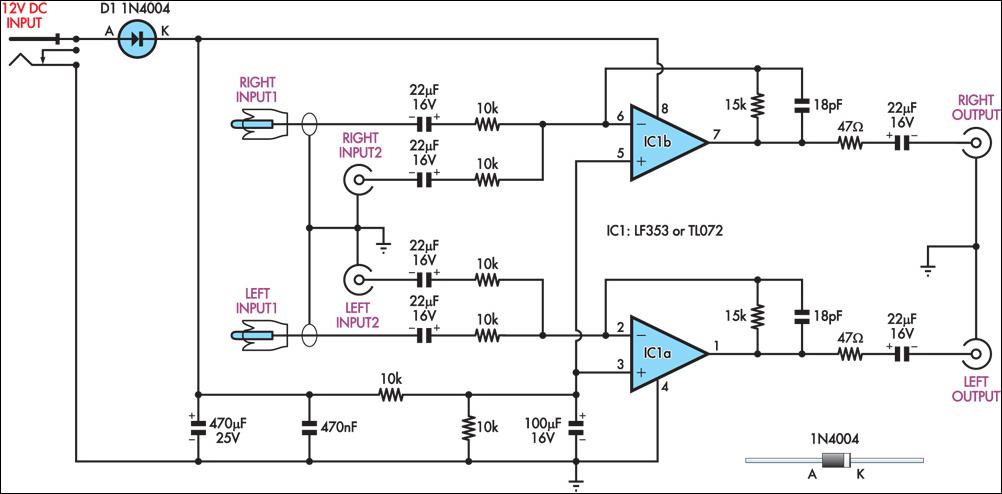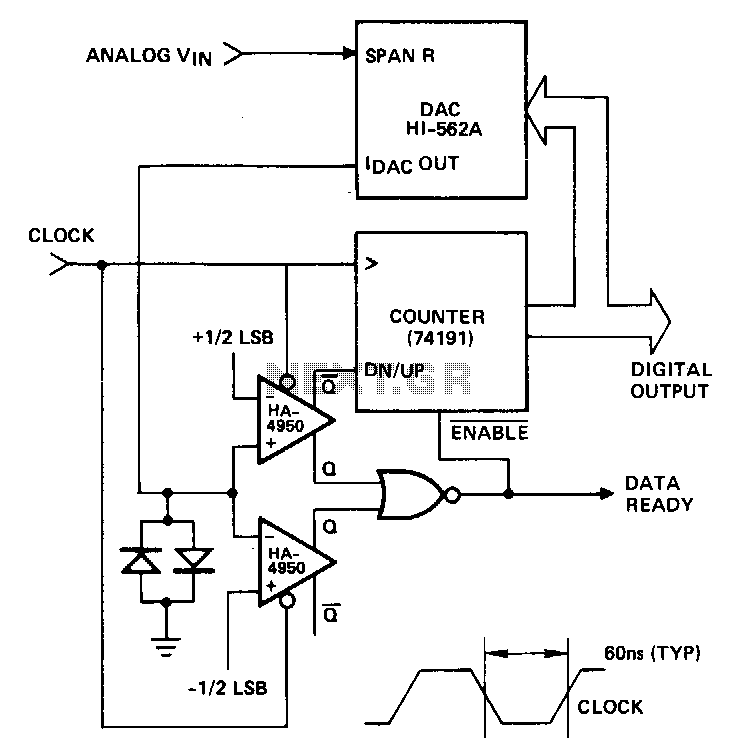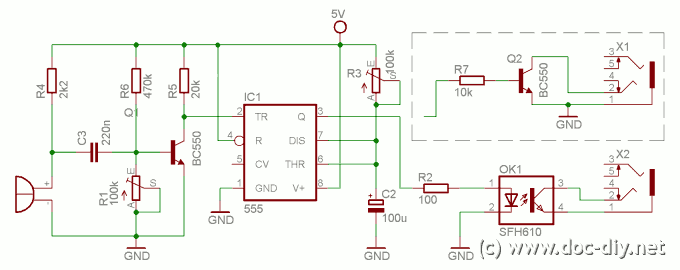
ADUC841 20MIPS 8052 Flash MCU + 8-Ch 12-Bit ADC + Dual 12-Bit DAC
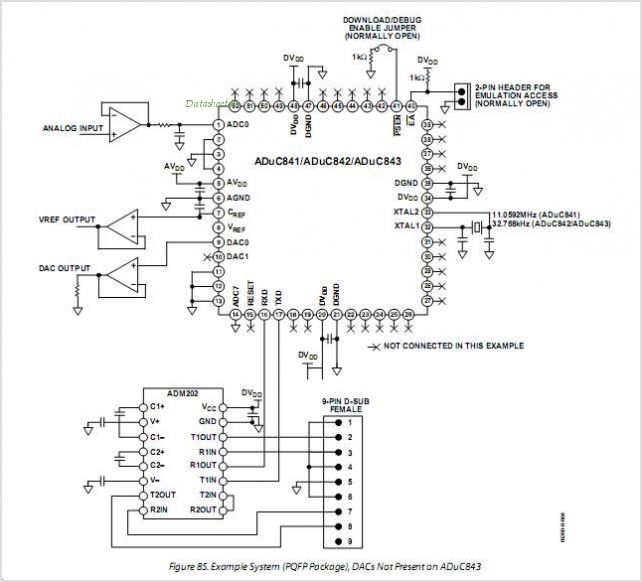
The ADUC845 MicroConverter is a fully integrated dual 24-bit, multi-channel Sigma Delta ADC and flash microcontroller on a single chip. This device is a multi-channel extension of Analog Devices' popular ADuC844 and ADuC846 MicroConverter family and is optimized for applications in industrial control, smart sensors, load cells, and instrumentation that require precise acquisition of multiple (up to 10) channels. The ADUC845 is available in 52-pin PQFP or 56-pin CSP packages and operates on a 3 V or 5 V power supply over the standard industrial temperature range. Like all of Analog Devices' MicroConverter products, the device is supported by the QuickStart and QuickStart-Plus development systems.
The ADUC845 MicroConverter integrates advanced features suitable for high-performance applications. It incorporates dual 24-bit Sigma Delta analog-to-digital converters (ADCs), allowing for simultaneous sampling and conversion of multiple input signals. This capability is particularly beneficial in scenarios where precise measurement of various parameters is crucial, such as in industrial automation, precision weighing systems, and sensor data acquisition.
The device's architecture supports up to ten channels, enabling it to handle complex data acquisition tasks efficiently. The integrated flash microcontroller allows for embedded processing, facilitating real-time data manipulation and control without the need for external processing units. This integration reduces system complexity and enhances reliability by minimizing the number of required components.
The ADUC845 operates with a flexible power supply range of 3 V to 5 V, making it compatible with a wide variety of power management solutions. Its availability in both 52-pin PQFP and 56-pin CSP packages provides design flexibility, catering to different space and layout requirements in electronic designs.
In addition to its hardware capabilities, the ADUC845 is supported by Analog Devices' QuickStart and QuickStart-Plus development systems, which provide comprehensive resources for rapid prototyping and development. These tools include software libraries, example projects, and debugging support, enabling engineers to streamline the design process and accelerate time-to-market for their applications.
The ADUC845 is an ideal choice for applications demanding high precision and reliability, making it a valuable component in modern electronic systems designed for industrial and instrumentation purposes.The ADUC845 MicroConverter is a fully integrated Dual 24-bit, Multi-Channel Sigma Delta ADC and Flash Microcontroller on a single chip. This device is a multi-channel extension of ADIs popular ADuC844 and ADuC846 MicroConverter family and is optimized for applications in Industrial Control smart Sensors loadcells and instrumentation that require p
recison acquisition of multiple (up to 10) channels. The ADUC845 is available in 52-pin PQFP or 56-pin CSP packages and operates on a 3 V or 5 V power supply over the standard industrial temperature range. Like all of ADI`s MicroConverter products, the device is supported by the QuickStart and QuickStart-Plus development systems.
🔗 External reference
The ADUC845 MicroConverter integrates advanced features suitable for high-performance applications. It incorporates dual 24-bit Sigma Delta analog-to-digital converters (ADCs), allowing for simultaneous sampling and conversion of multiple input signals. This capability is particularly beneficial in scenarios where precise measurement of various parameters is crucial, such as in industrial automation, precision weighing systems, and sensor data acquisition.
The device's architecture supports up to ten channels, enabling it to handle complex data acquisition tasks efficiently. The integrated flash microcontroller allows for embedded processing, facilitating real-time data manipulation and control without the need for external processing units. This integration reduces system complexity and enhances reliability by minimizing the number of required components.
The ADUC845 operates with a flexible power supply range of 3 V to 5 V, making it compatible with a wide variety of power management solutions. Its availability in both 52-pin PQFP and 56-pin CSP packages provides design flexibility, catering to different space and layout requirements in electronic designs.
In addition to its hardware capabilities, the ADUC845 is supported by Analog Devices' QuickStart and QuickStart-Plus development systems, which provide comprehensive resources for rapid prototyping and development. These tools include software libraries, example projects, and debugging support, enabling engineers to streamline the design process and accelerate time-to-market for their applications.
The ADUC845 is an ideal choice for applications demanding high precision and reliability, making it a valuable component in modern electronic systems designed for industrial and instrumentation purposes.The ADUC845 MicroConverter is a fully integrated Dual 24-bit, Multi-Channel Sigma Delta ADC and Flash Microcontroller on a single chip. This device is a multi-channel extension of ADIs popular ADuC844 and ADuC846 MicroConverter family and is optimized for applications in Industrial Control smart Sensors loadcells and instrumentation that require p
recison acquisition of multiple (up to 10) channels. The ADUC845 is available in 52-pin PQFP or 56-pin CSP packages and operates on a 3 V or 5 V power supply over the standard industrial temperature range. Like all of ADI`s MicroConverter products, the device is supported by the QuickStart and QuickStart-Plus development systems.
🔗 External reference
